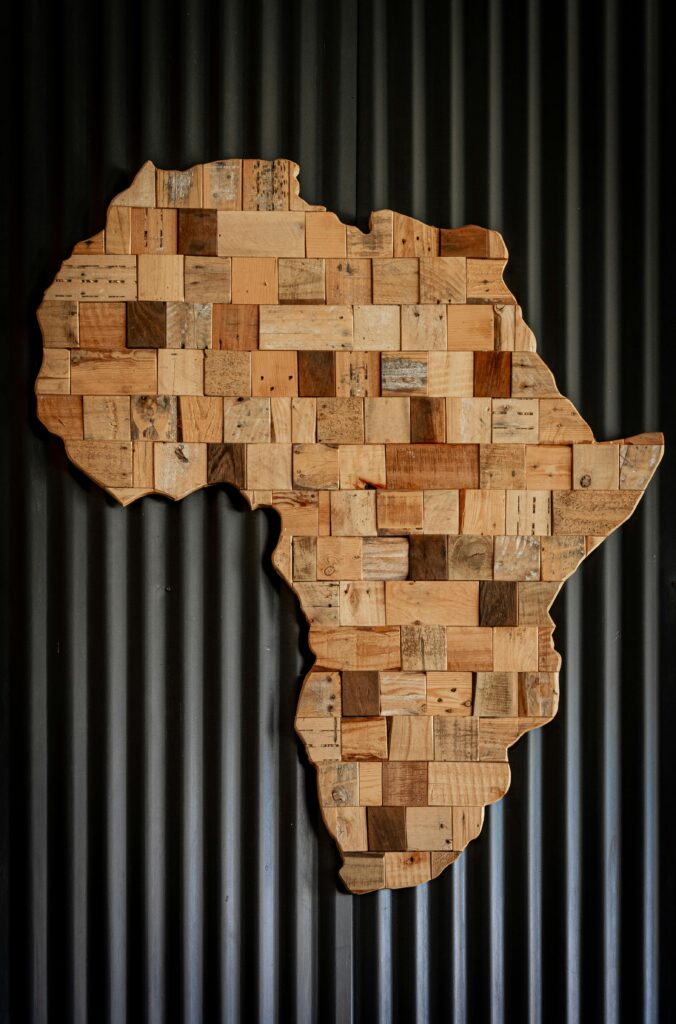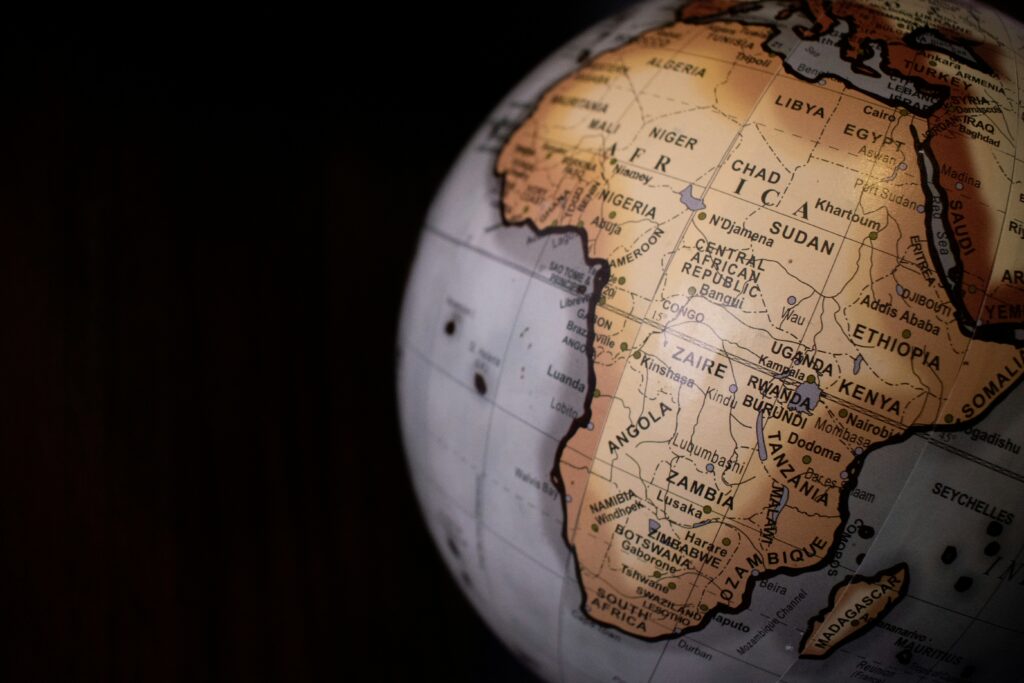Introduction
While the U.S. and Europe often dominate crypto headlines, Africa is quietly becoming one of the fastest-growing regions for digital assets. In 2025, countries across the continent are adopting Bitcoin, stablecoins, and blockchain-based apps to solve real problems like inflation, remittances, and access to banking. Let’s explore why Africa might be the next big frontier for crypto.

1. Crypto as a Solution for Inflation
Many African economies face unstable currencies.
- Crypto, especially stablecoins like USDT and USDC, offer protection against inflation.
- In Nigeria, Ghana, and Zimbabwe, people increasingly use stablecoins to store value.
Example: Instead of saving in local currency that loses 20% per year, families hold USDT.
2. Remittances and Cross-Border Payments
Sending money across borders in Africa is expensive with traditional banks.
- Crypto offers cheaper and faster transfers.
- Families receive money instantly instead of waiting days.
Example: A worker in Europe sending Bitcoin or USDT to relatives in Kenya within minutes.
3. Young Population Driving Adoption
Africa has one of the youngest populations in the world, and young people are more open to new technologies.
- Smartphones and cheap internet make crypto accessible.
- P2P platforms like Binance P2P are extremely popular.
Example: College students trading crypto to pay tuition or earn side income.

4. Government Reactions – Regulation vs. Innovation
Some governments ban crypto, while others explore regulations.
- Nigeria: banned banks from handling crypto but adoption kept rising.
- South Africa: moving toward regulation and licensing exchanges.
Example: Central banks studying CBDCs (Central Bank Digital Currencies) as an alternative.
5. Africa as a Hub for Crypto Innovation
Startups across Africa are using blockchain for real problems:
- Agriculture: farmers getting loans via blockchain.
- Healthcare: medical records stored on decentralized networks.
- Identity: digital IDs helping citizens access financial services.
Example: A Kenyan startup using blockchain to give micro-loans to farmers.

Conclusion
Africa is not just following global crypto trends — it’s building its own. With young entrepreneurs, high smartphone adoption, and real financial needs, the continent could become one of the most important regions for crypto growth by 2030. Investors and innovators should watch Africa closely in 2025.